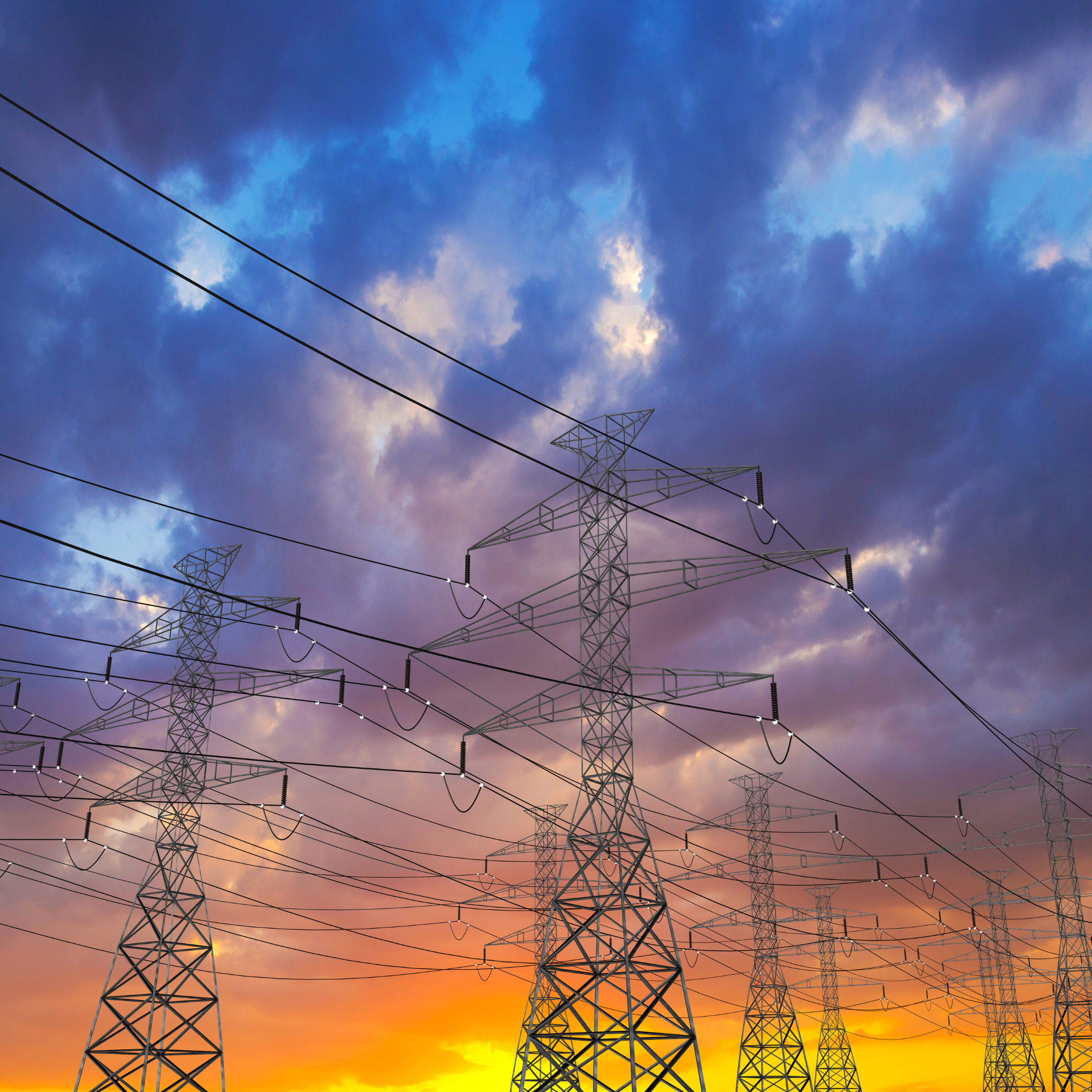As winter approaches Europe, bringing sub-zero temperatures to the UK, an energy-saving initiative has been implemented. This program allows those with smart meters in their properties to support the National Grid during critical times.
The process is simple: sign up, and when a power-saving event is declared, usually during peak hours between 5:00 PM and 6:30 PM, you will be notified to reduce the use of heavy energy-consuming appliances.
Last winter, the scheme successfully reduced power usage and CO2 emissions significantly. It wasn’t just about saving money on bills; it was a collective effort.
Could Australia adopt a comparable energy conservation program? Although the installation of smart meters has been slower in certain regions, the impetus for change may come from the consumers. The increasing use of smart appliances, solar panels, and batteries is setting the stage for these initiatives.
For small business owners and households to benefit from such schemes, there must be a change in how energy tariffs work to reflect this new flexibility. However, this transition also presents challenges, especially for energy retailers. They must adapt to more dynamic energy consumption patterns, moving beyond the traditional view of peak, off-peak, and shoulder times. Time Of Use tariffs will also need significant refinement to accommodate the flexibility offered by these technologies.
While there are some concerns about regulations and ensuring fair metering during these saving periods, with stats like 3.3GWh saved and AUD 21 million in incentives, it’s an opportunity that’s too good to pass up.
This is a summary article from Edge2020 – read the original article.
Looking to reduce your business’s energy expenses without any extra cost? Edge Utilities makes it possible through collective purchasing, which enables you to unlock substantial savings. Our focus is on empowering SMEs like yours by fetching the most competitive rates available. You can get in touch with us by emailing us at save@edgeutilities.com.au or calling us at 1800 334 336. Start saving today with Edge Utilities!









 sumer bodies, academics, government bodies and interested parties over the last two years. An options paper was released in April and the final advice is expected to closely reflect the options discussed.
sumer bodies, academics, government bodies and interested parties over the last two years. An options paper was released in April and the final advice is expected to closely reflect the options discussed.
